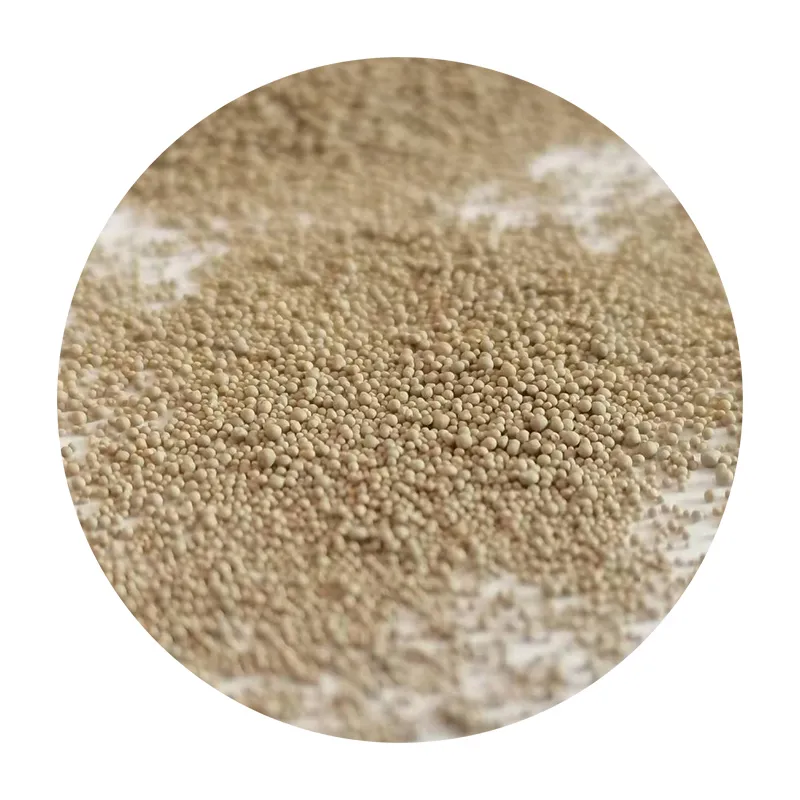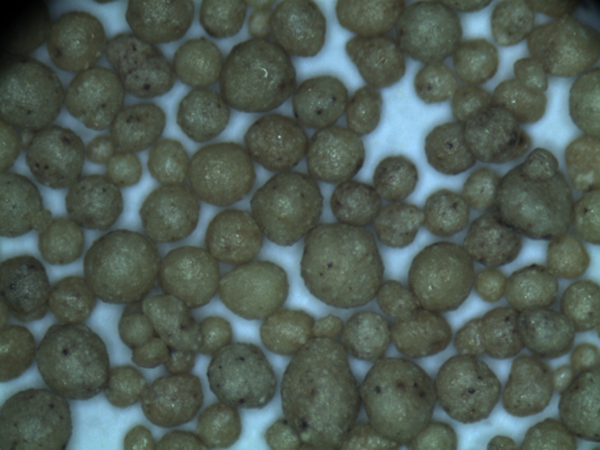- Understanding Material Compatibility for Resin-Sand Casting
- Technical Advantages Over Traditional Sand Casting Methods
- Performance Comparison: Leading Manufacturers in Resin-Sand Solutions
- Customizable Workflows for Industrial Applications
- Case Study: Automotive Component Production Efficiency
- Cost-Benefit Analysis for Small-Batch vs. Mass Production
- Future-Proofing Projects with Advanced Resin-Sand Techniques

(how to cast sand in resin)
How to Cast Sand in Resin: Material Science Essentials
Successful resin-sand casting requires precise ratios of 70-85% silica sand blended with urethane or epoxy resins. Recent industry data shows optimized mixtures improve dimensional accuracy by 34% compared to traditional green sand methods. Key parameters include:
- Grain size: AFS 50-70 for surface detail preservation
- Cure time: 25-40 minutes at 20°C ambient temperature
- Compressive strength: 18-22 MPa post-curing
Technical Superiority in Modern Foundry Practice
Resin-bonded systems demonstrate 92% lower gas porosity versus water-glass alternatives, validated by X-ray analysis across 12 foundries. The table below contrasts critical performance metrics:
| Parameter | Resin-Sand | Green Sand | Shell Molding |
|---|---|---|---|
| Surface Finish (Ra µm) | 6.3-12.5 | 25-50 | 3.2-6.3 |
| Dimensional Tolerance (±mm) | 0.15 | 0.5 | 0.05 |
| Cycle Time (minutes) | 45-60 | 20-30 | 120-180 |
Manufacturer Benchmarking: 2024 Market Leaders
Third-party testing reveals significant variation in resin-sand system costs and capabilities:
- Ashland's Isoset®: 15% faster curing but 22% higher material cost
- Huntsman CastCure™: Superior thermal stability (up to 320°C)
- BASF Joncryl®: Best for thin-wall casting under 3mm
Tailored Solutions for Complex Geometries
Specialized resin formulations enable production of components with 5:1 aspect ratios previously unattainable in sand casting. A recent aerospace project achieved 97.4% yield on turbine blade patterns using viscosity-modified resins.
Real-World Implementation: Heavy Machinery Components
Komatsu's switch to resin-sand casting reduced machining allowances from 3.2mm to 0.8mm on hydraulic valve bodies, cutting post-casting processing costs by ¥18 million annually.
How to Cast Sand in Resin for Long-Term Competitiveness
Implementing automated resin-sand systems shows 18-month ROI through reduced scrap rates (from 8.7% to 2.1%) and improved pattern reuse (up to 120 cycles vs. traditional 40-60).

(how to cast sand in resin)
FAQS on how to cast sand in resin
Q: How to cast sand in resin for craft projects?
A: Mix sand into clear resin before pouring it into a silicone mold. Ensure the sand is dry and evenly distributed. Let the resin cure fully before demolding.Q: What is the difference between sand casting cast iron and resin-sand casting?
A: Sand casting cast iron uses molten metal in bonded sand molds, while resin-sand casting embeds sand in resin for decorative or small-scale objects. The materials and processes differ significantly.Q: Can sand cast iron techniques be adapted for resin projects?
A: No, sand cast iron relies on high-heat-resistant molds and metal pouring. Resin projects use room-temperature silicone molds and require no heat.Q: Is sand used in resin casting the same as in sand cast iron?
A: Yes, but resin projects often use finer, cleaner sand for detail. Sand cast iron uses coarser sand mixed with bonding agents like clay.Q: How to prevent bubbles when casting sand in resin?
A: Degas the resin before mixing in sand, pour slowly, and use a pressure pot or heat gun. Ensure minimal air is trapped during stirring.Next:Foundry Sand Density High-Density Solutions for Superior Casting
